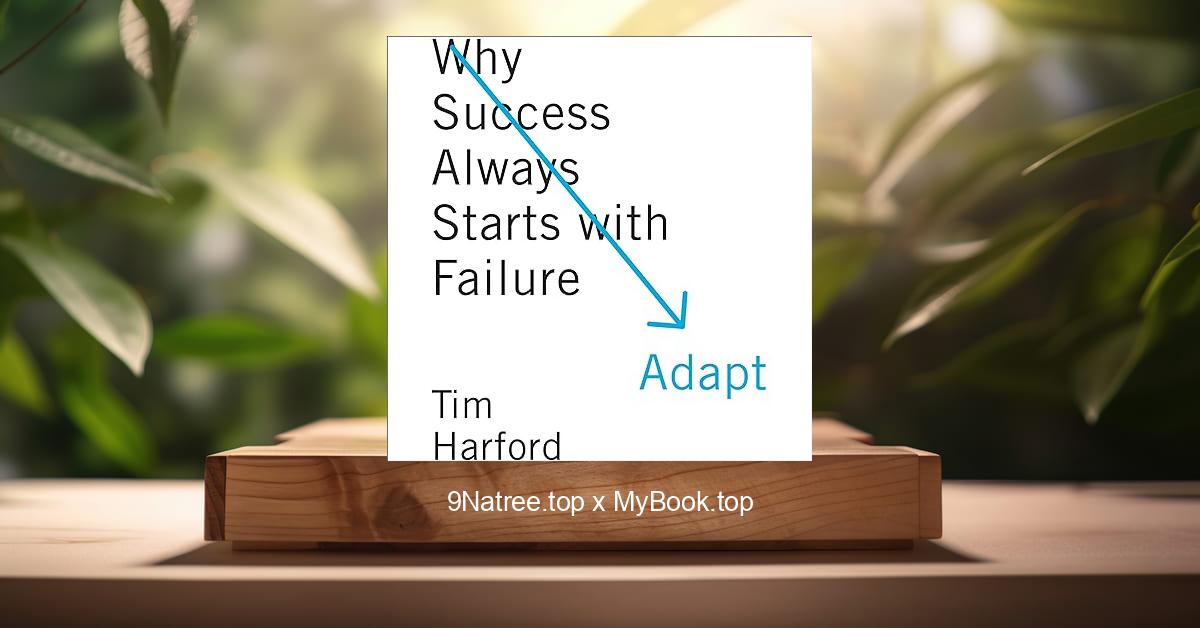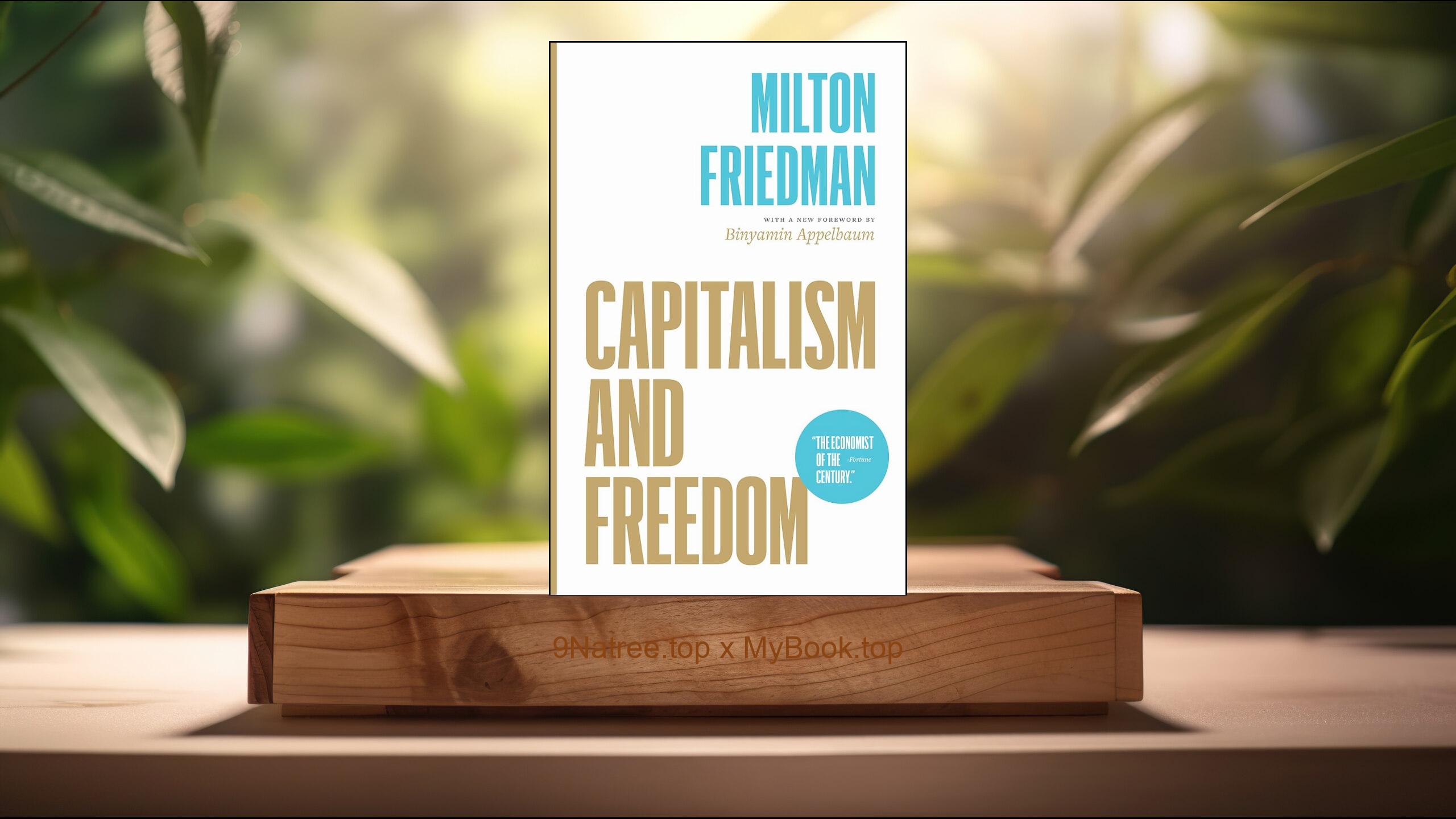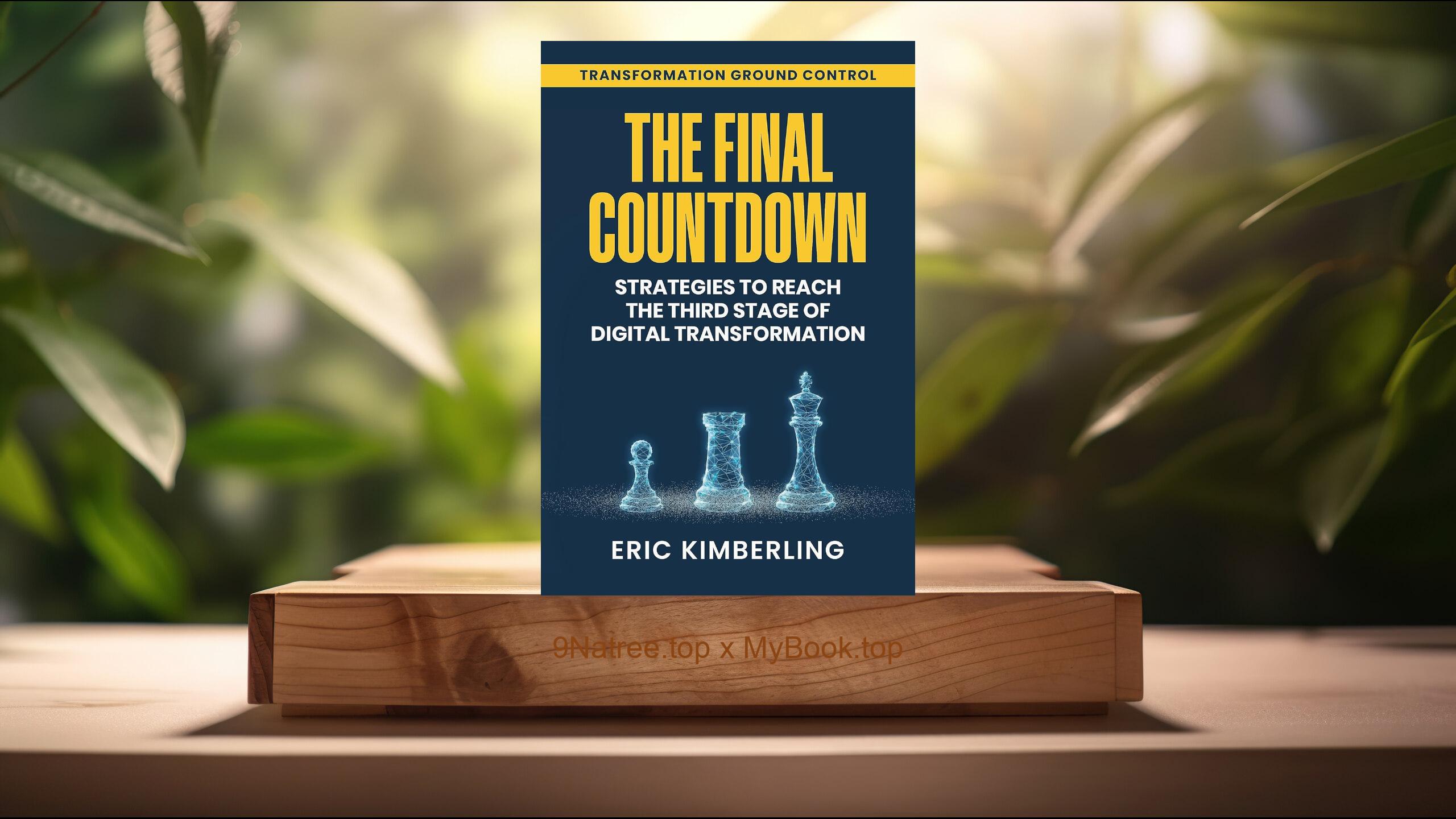Show Notes
Buy on Amazon: https://www.amazon.com/dp/B09FC3D9ZQ?tag=9natree-20
Read more: https://mybook.top/read/B09FC3D9ZQ/
#sustainability #energytransition #foodsecurity #technologicalinnovation #environmentalchallenges
These are takeaways from this book.
Firstly, Energy and Civilization, A central theme in 'How the World Really Works' is the critical role of energy in shaping human societies. Smil explores how the harnessing of energy, from the earliest use of fire and agriculture to the industrial revolution and the deployment of fossil fuels, has allowed for the dramatic expansion of human capabilities and societal complexity. The discussion covers various energy sources, their historical impacts, and the impending need for sustainable alternatives as current consumption rates outpace the Earth's capacity to provide. Smil's analysis extends to the intricacies of energy transitions, highlighting the challenges of moving from high-density fossil fuels to renewable sources, considering the technical, economic, and infrastructural hurdles involved.
Secondly, Food Production and Population Growth, Smil details the symbiotic relationship between advances in food production technologies and the explosion in human population. He traces the evolution from subsistence agriculture to modern, intensive farming practices that feed billions. Key innovations such as synthetic fertilizers, selective breeding, and improved agricultural practices have led to unprecedented levels of food production. However, Smil also cautions against the environmental costs of these advances, including soil degradation, water depletion, and biodiversity loss. He further examines how future population growth poses significant challenges to maintaining food security while mitigating ecological impacts, stressing the importance of innovating sustainable agricultural practices.
Thirdly, Technological Progress and Its Discontents, Vaclav Smil navigates the double-edged sword of technological progress, acknowledging its role in advancing human welfare while scrutinizing the accompanying societal and environmental pitfalls. He provides a nuanced perspective on the acceleration of technological innovation, from the Internet to AI, and its ambivalent impacts on the economy, job markets, and privacy concerns. Smil warns of the techno-optimism that overlooks the unintended consequences of rapid innovation, including increased energy demands and the exacerbation of economic inequalities. The discussion calls for a balanced approach to embracing technological advances, advocating for responsible innovation that considers long-term sustainability over short-term gains.
Fourthly, Environmental Challenges, This topic addresses the plethora of environmental issues brought to the forefront by Smil, encompassing climate change, pollution, and the depletion of natural resources. He meticulously lays out the empirical evidence of humanity's impact on the Earth, detailing the complexities of carbon cycles, greenhouse gas emissions, and the consequences of deforestation and fossil fuel consumption. Smil's realistic appraisal of the situation stresses the urgency of global cooperation in addressing climate change, promoting a shift towards renewable energy sources, conservation efforts, and the transition to more sustainable consumption patterns. The importance of scientific innovation in developing clean technologies and mitigating strategies is also highlighted, painting a picture of the pivotal role human ingenuity must play in safeguarding the environment.
Lastly, The Path Forward: Policy, Innovation, and Adaptation, In the concluding section of his analysis, Smil outlines the interdependent roles of policy-making, technological innovation, and societal adaptation in navigating the challenges facing humanity. He advocates for informed, pragmatic policy decisions grounded in scientific research and realistic assessments of technological capabilities. Smil emphasizes the need for adaptive strategies that incorporate resilience to climate change, promote energy efficiency, and foster sustainable development models. This discussion encapsulates the book's overarching message: while the road ahead is fraught with challenges, a combination of enlightened policy, innovative technology, and societal solidarity can steer humanity towards a more sustainable and prosperous future.
In conclusion, Vaclav Smil's 'How the World Really Works' is an imperative read for policymakers, scientists, environmentalists, and anyone concerned about the future of our planet. The book provides a sobering yet enlightening overview of the scientific principles governing our world and the complex challenges we face as a global society. Smil's pragmatic approach encourages readers to confront these issues with a blend of optimism and realism. By equipping readers with a deeper understanding of the interplay between energy, technology, and the environment, Smil offers a guide for making informed decisions and fostering sustainable practices that can benefit individuals and society at large. This book serves as a roadmap for navigating the uncertainties of the 21st century, making it a valuable resource for anyone looking to contribute to a better world.
![[Review] How the World Really Works: The Science Behind How We Got Here and Where We're Going (Vaclav Smil) Summarized](https://episodes.castos.com/660078c6833215-59505987/images/1699864/c1a-085k3-k5xx23v6hq18-padti6.jpg)




